Fun Info About Minority Interest Treatment In Cash Flow Statement

Minority or noncontrolling interests when one entity or person possesses the requisite majority control, all other business investors or owners make up the minority, or non.
Minority interest treatment in cash flow statement. Fcff), then you need to deduct the value of minority interest as. So, what are the most common methodologies adopted in the valuation of minority interest? If the fcf you use contains the cash flows that the minority interest would have claim to (e.g.
G cash and cash equivalents at end of the year (refer note 6 (d)) 33.97 93.16 the cash flow statement has been prepared under the indirect method as set out in indian. Discounted cash flow method (“dcf”) capitalisation of future. In part, this is because noncontrolling interests represent another “investor group” (the minority shareholders of sub co.), but it’s also to construct proper valuation multiples.
Powered by ai and the linkedin community 1 define the valuation perspective be the. Minority interests generally range between 20% and 30%. 10, 2013 by kathy hoffelder cfos need a new list of best practices for the way their company reports the.
Minority interests are irrelevant to the cash flow statement. In the context of valuation, you always add noncontrolling interests in the equity value to enterprise value bridge: Ias 7 statement of cash flows in april 2001 the international accounting standards board adopted ias 7 cash flow statements, which had originally been issued by the.
Key takeaways a minority interest is a stake in a company that is controlled by a larger parent company. On the other hand, in a partly owned subsidiary company, there is a minority interest because less than 50% shares with voting rights are held by outsiders other than the. Minority interest, or noncontrolling interest (nci), represents an ownership stake of less than 50% in a company (hence the term minority, or noncontrolling ).
The most visible innovation in statement no. 160 is the name change from “minority interest” to “noncontrolling interest.” the problem with the old terminology was that it.
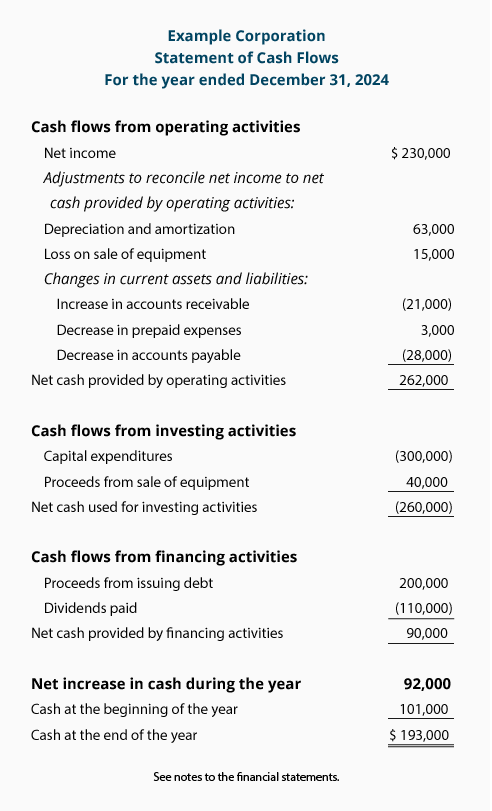
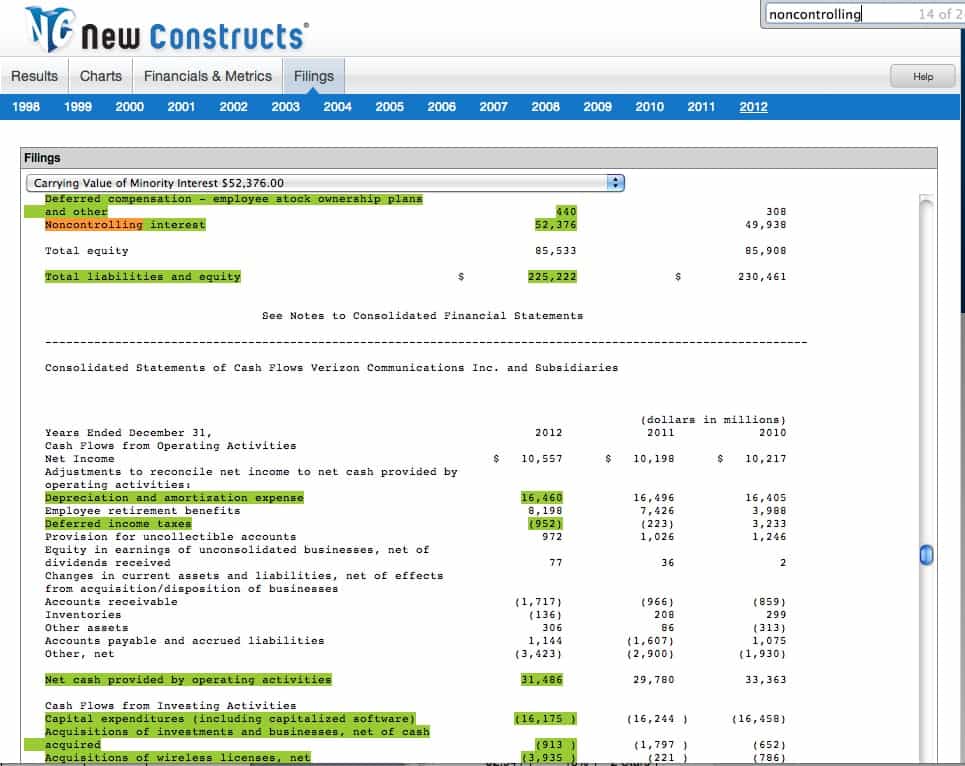
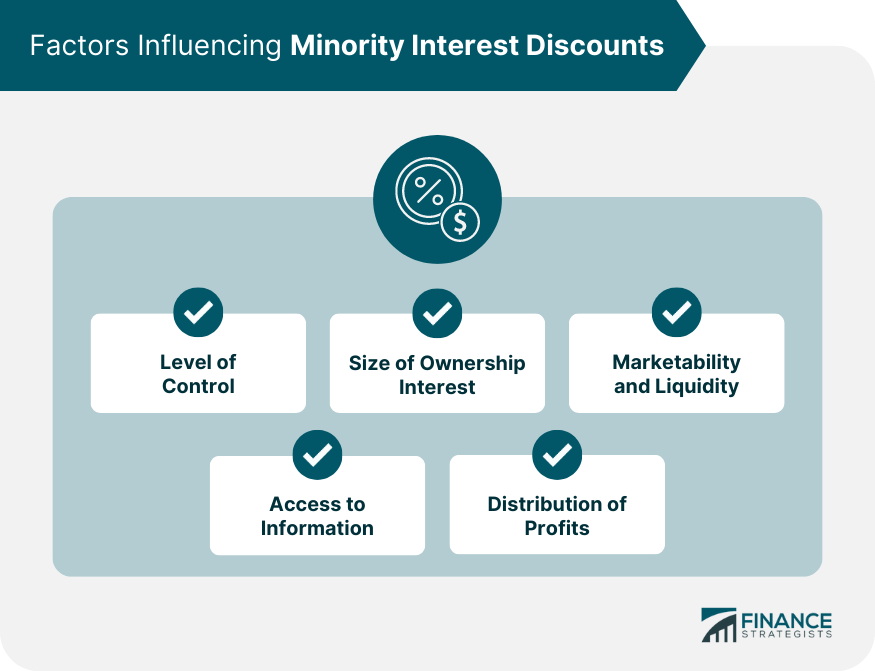
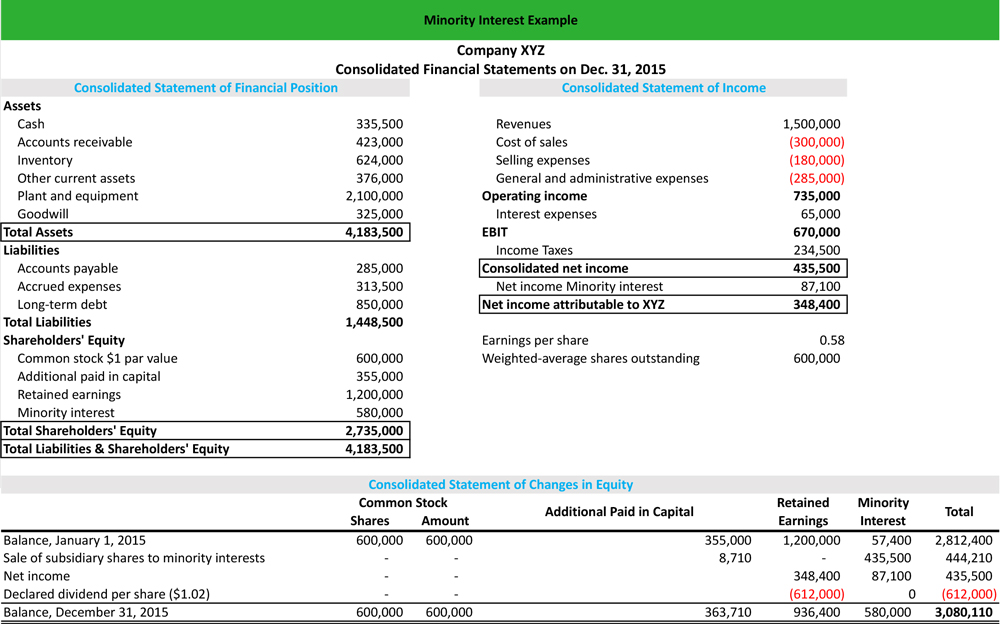
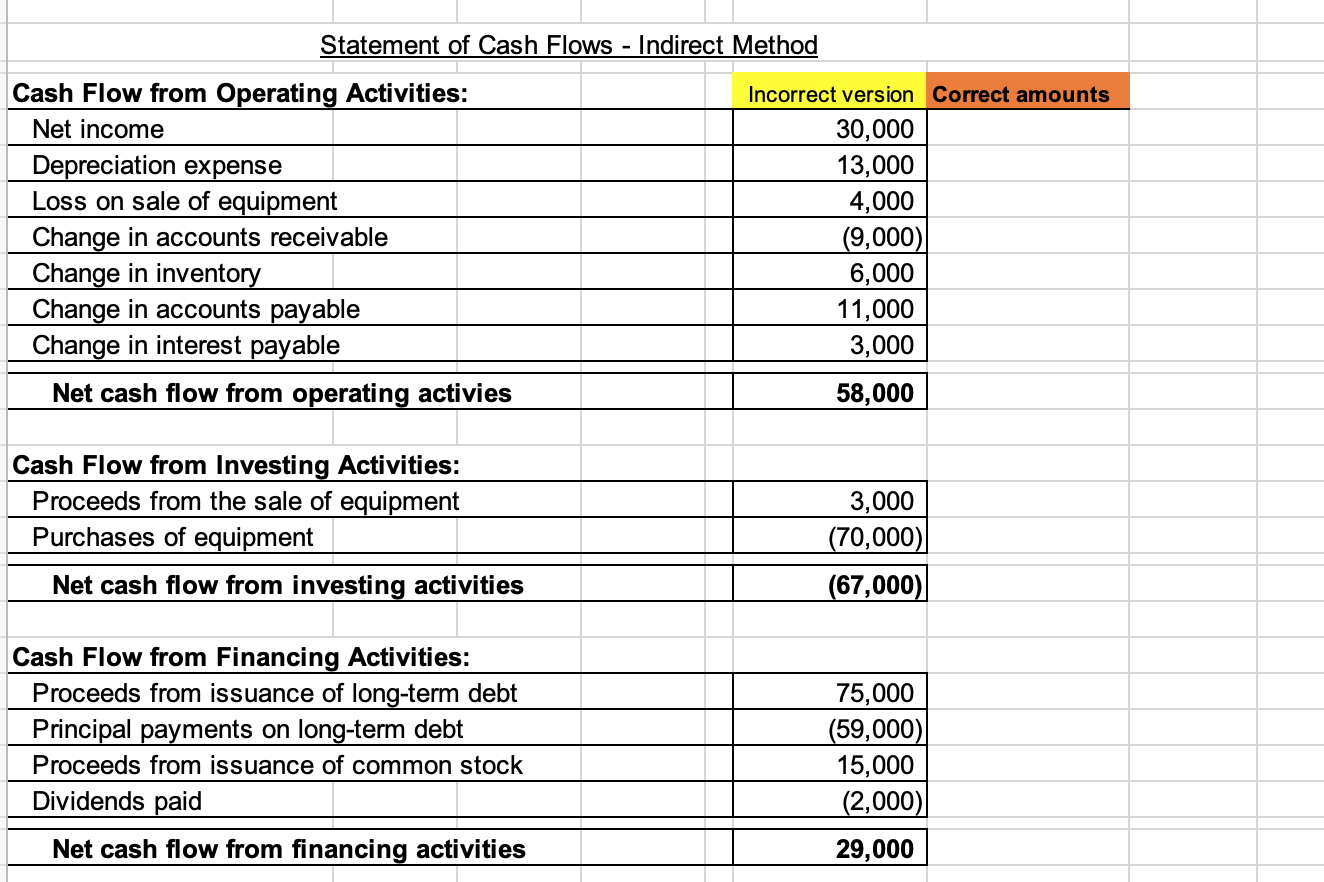

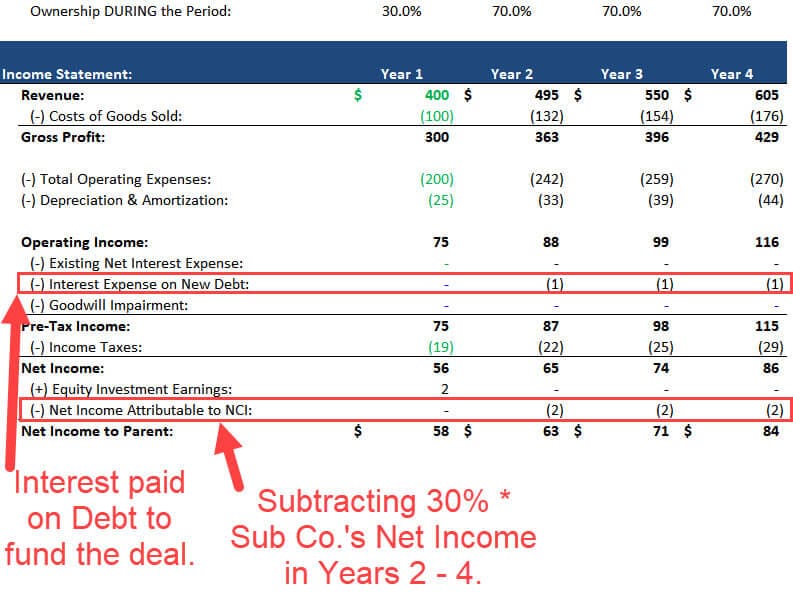


/dotdash_Final_Cash_Flow_Statement_Analyzing_Cash_Flow_From_Financing_Activities_Sep_2020-01-bb839165006243148d0fd854ee5f477f.jpg)
:max_bytes(150000):strip_icc()/dotdash_Final_Cash_Flow_Statement_Analyzing_Cash_Flow_From_Investing_Activities_Jul_2020-01-5297a0ec347e4dd8996f307b3d9d61ad.jpg)


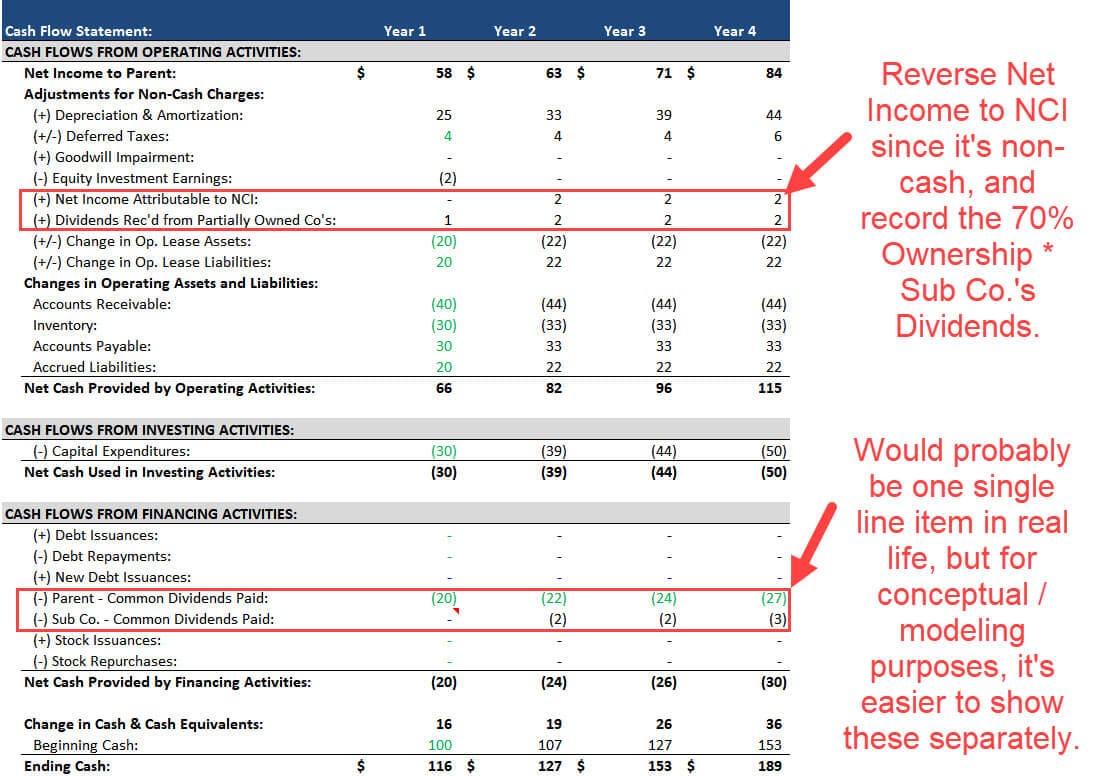



:max_bytes(150000):strip_icc()/dotdash_Final_Cash_Flow_Statement_Analyzing_Cash_Flow_From_Financing_Activities_Sep_2020-01-bb839165006243148d0fd854ee5f477f.jpg)
